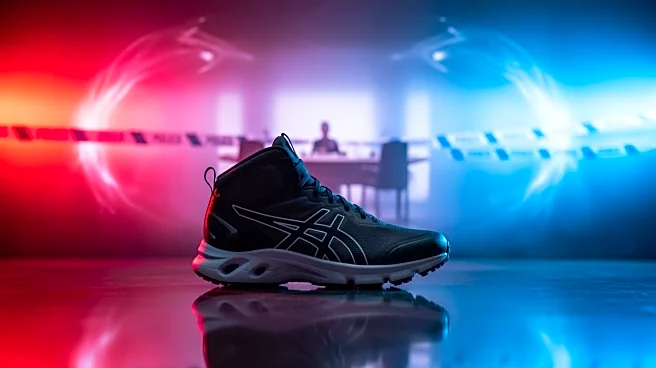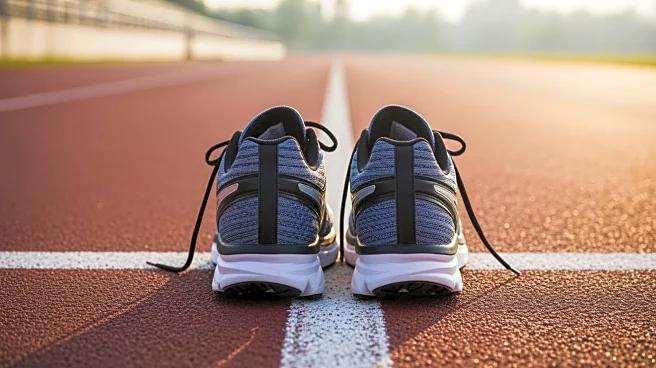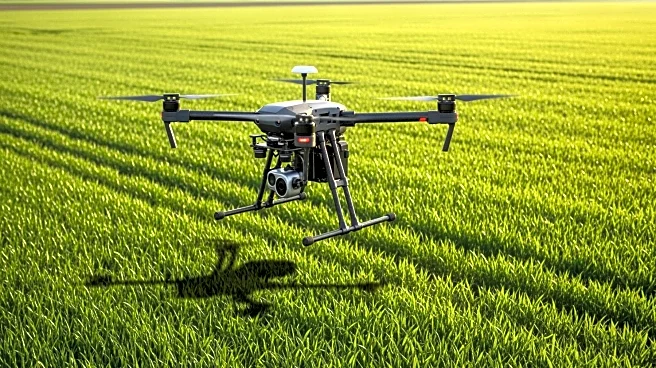What's Happening?
A recent study published in Current Biology has identified a 'metabolic ceiling' for elite athletes, revealing that even the most extreme athletes cannot surpass a certain limit of energy expenditure over
prolonged periods. The research, led by Andrew Best, a biological anthropologist at Massachusetts College of Liberal Arts, involved 14 high-endurance athletes, including ultra-runners, cyclists, and triathletes. These participants consumed doubly labeled water containing heavy isotopes of hydrogen and oxygen, allowing researchers to track the exhalation of carbon dioxide and estimate calorie burn. The study found that while athletes can burn up to ten times their basal metabolic rate (BMR) for short periods, over extended durations of 30 weeks or more, their energy expenditure averages about 2.4 times their BMR. This finding confirms the existence of a metabolic limit previously proposed but not thoroughly tested.
Why It's Important?
The identification of a metabolic ceiling has significant implications for understanding human physiology and the limits of physical endurance. This research provides valuable insights for athletes, coaches, and sports scientists in optimizing training and recovery strategies. By recognizing the limits of energy expenditure, athletes can better manage their performance and avoid overtraining, which can lead to injuries or burnout. Additionally, this study contributes to the broader understanding of human energy metabolism, potentially influencing dietary and exercise recommendations for both elite athletes and the general population. The findings may also impact the design of endurance events and competitions, ensuring they are structured in a way that considers the physiological limits of participants.
What's Next?
Future research may explore the implications of the metabolic ceiling in different athletic disciplines and under varying environmental conditions. Scientists could investigate how factors such as age, gender, and training history influence the metabolic limits of athletes. Additionally, there may be interest in examining the role of nutrition and supplementation in potentially extending or optimizing the metabolic ceiling. Sports organizations and event planners might consider these findings when designing training programs and competitive events, ensuring they align with the physiological capabilities of athletes. The study opens avenues for further exploration into the genetic and environmental factors that contribute to individual variations in metabolic limits.
Beyond the Headlines
The study's findings raise ethical considerations regarding the pressure placed on athletes to push beyond their natural limits. As sports continue to evolve, there is a growing need to balance competitive demands with the health and well-being of athletes. This research highlights the importance of sustainable training practices and the potential risks associated with extreme physical exertion. It also prompts discussions about the role of technology and innovation in sports, as advancements in monitoring and measuring energy expenditure could lead to more personalized and effective training regimens.











